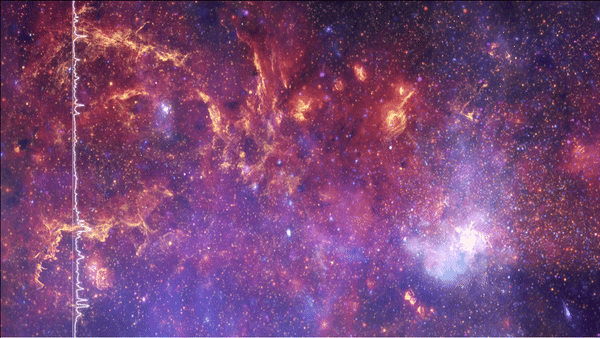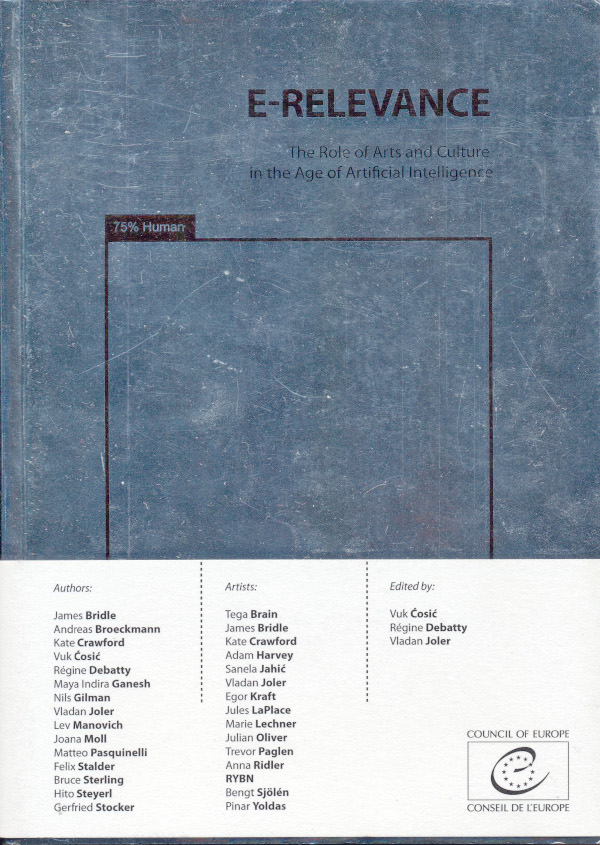Who is Galileo Galilei? Italian philosopher who shaped our understanding of the stars
Explore Galileo Galilei's life, discoveries, controversies and legacy in astronomy. A journey through Renaissance intellect and scientific revolution.

Few figures shine as brightly as Galileo Galilei, an Italian philosopher whose contributions to astronomy revolutionized the understanding of the stars.
"Galileo Galilei (1564–1642) has always played a key role in any history of science, as well as many histories of philosophy. He is a – if not the – central figure of the Scientific Revolution of the seventeenth century," reads the Stanford Encyclopedia of Philosophy.
Born in Pisa, Italy on Feb. 15, 1564, Galileo's insatiable curiosity and relentless pursuit of knowledge propelled him to the forefront of scientific inquiry during the Renaissance era.
ON THIS DAY IN HISTORY, JANUARY 7, 1610, GALILEO DISCOVERS THE MOONS OF JUPITER
Galileo's journey began in Renaissance Italy at the University of Pisa, where he initially studied medicine but soon found his true calling in mathematics and natural philosophy.
His need for learning led him to explore diverse fields, including physics, engineering and astronomy. However, due to financial constraints, he left the University of Pisa without completing his degree, says History.com.
Galileo continued his self-directed studies and expanded his knowledge in various fields.
Despite facing financial challenges, Galileo's pursuit of knowledge and passion for science set the stage for his later achievements.
In 1609, Galileo constructed his first telescope, where he made a series of astonishing discoveries that forever altered our perception of the universe.
On Jan. 7, 1610, Galileo discovered the moons of Jupiter — making it the first observation of this planet.
He utilized his telescope to identify four of Jupiter's orbiting moons, examine Saturn, observe the varying phases of Venus, and scrutinize sunspots on the surface of the sun. The four moons, and Jupiter's largest satellites, are lo, Europa, Ganymede and Callisto.
"In observing the sun, Galileo saw a series of ‘imperfections.’ He had discovered sunspots. Monitoring these spots on the sun demonstrated that the sun in fact rotated. Furthermore, later observations by Francesco Sizzi in 1612 suggested that the spots on the sun actually changed over time," says The Library of Congress.
ITALY MUSEUM TO DISPLAY FINGERS, TOOTH BELIEVED TO BE GALILEO'S
Galileo was ordered to appear before the Holy Office to face charges related to his advocating for the Copernican theory and his belief in the Earth's movement around the sun, a stance the Catholic Church deemed heretical.
This marked Galileo's second confrontation for rejecting the Church's doctrine that positioned the Earth as the unmovable center of the universe.
"In 1616, Galileo had been forbidden from holding or defending his beliefs. In the 1633 interrogation, he denied that he ‘held’ belief in the Copernican view but continued to write about the issue and evidence as a means of ‘discussion’ rather than belief," according to History.com.
Undeterred by persecution, Galileo continued his astronomical inquiries, publishing "Dialogue Concerning the Two Chief World Systems" in 1632. The book presented a vigorous defense of heliocentrism and provoked the anger of Church authorities.
In 1633, Galileo faced the Inquisition and was found guilty of heresy and sentenced to house arrest by Pope Urban VIII for the remainder of his life, says History.com.
ITALY MUSEUM TO DISPLAY FINGERS, TOOTH BELIEVED TO BE GALILEO'S
Galileo's contributions to physics, mathematics and astronomy echo across the ages, earning him a rightful place among history's greatest minds. Nearly 70 at the time of his trial, Galileo lived his last nine years under comfortable house arrest, while writing a summary of his early experiments.
In 2018, U.K. researchers said they found a long-lost letter written by Galileo that shows he engaged in a little deception to fend off the Inquisition.
Galileo wrote to a friend in 1613 saying he believed the Earth revolved around the sun, and not vice versa. He got sneaky and asked his friend for the original back, so he could soften it after a friar forwarded it to the Inquisition.
"He died in Arcetri near Florence, Italy on Jan. 8, 1642, at the age of 77 after suffering from heart palpitations and a fever," says History.com
As we gaze upon the stars, let us remember the man whose dedication to truth reshaped the course of scientific questions for centuries to come.

















